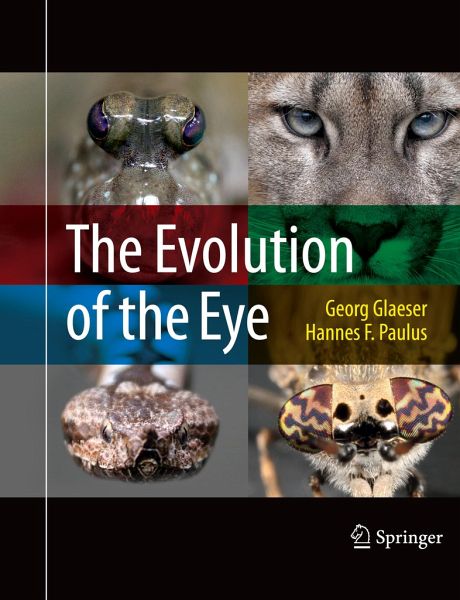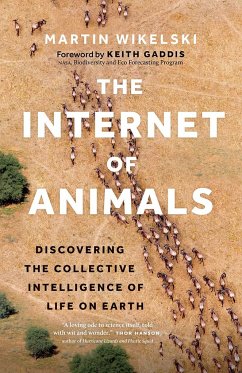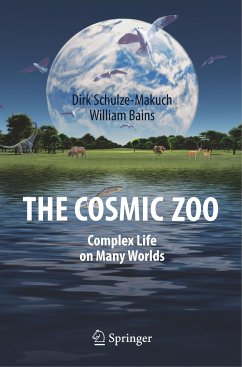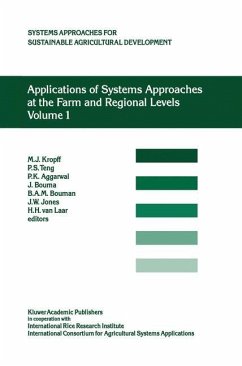
The Evolution of the Eye

PAYBACK Punkte
17 °P sammeln!
With fascinating, spectacularly beautiful images, the book piques readers' curiosity about the diversity of visual organs. This book is the result of a dual approach - scientific as well as aesthetic. The compelling images are accompanied by an easy-to-read, understandable text, aimed at both scientists and the educated public, and generally anyone interested in the beauty of nature. Thanks to this combination, the book presents the staggering diversity of eyes in the animal kingdom and provides countless insights into the intriguing mechanisms at work - from simple pigment cups to independent...
With fascinating, spectacularly beautiful images, the book piques readers' curiosity about the diversity of visual organs. This book is the result of a dual approach - scientific as well as aesthetic. The compelling images are accompanied by an easy-to-read, understandable text, aimed at both scientists and the educated public, and generally anyone interested in the beauty of nature. Thanks to this combination, the book presents the staggering diversity of eyes in the animal kingdom and provides countless insights into the intriguing mechanisms at work - from simple pigment cups to independently flexible, telescopic, facet and lens eyes.
Educational, exciting, entertaining till the last page, this is a book for anyone who is interested in evolution, nature and the miracle of life.
Educational, exciting, entertaining till the last page, this is a book for anyone who is interested in evolution, nature and the miracle of life.












